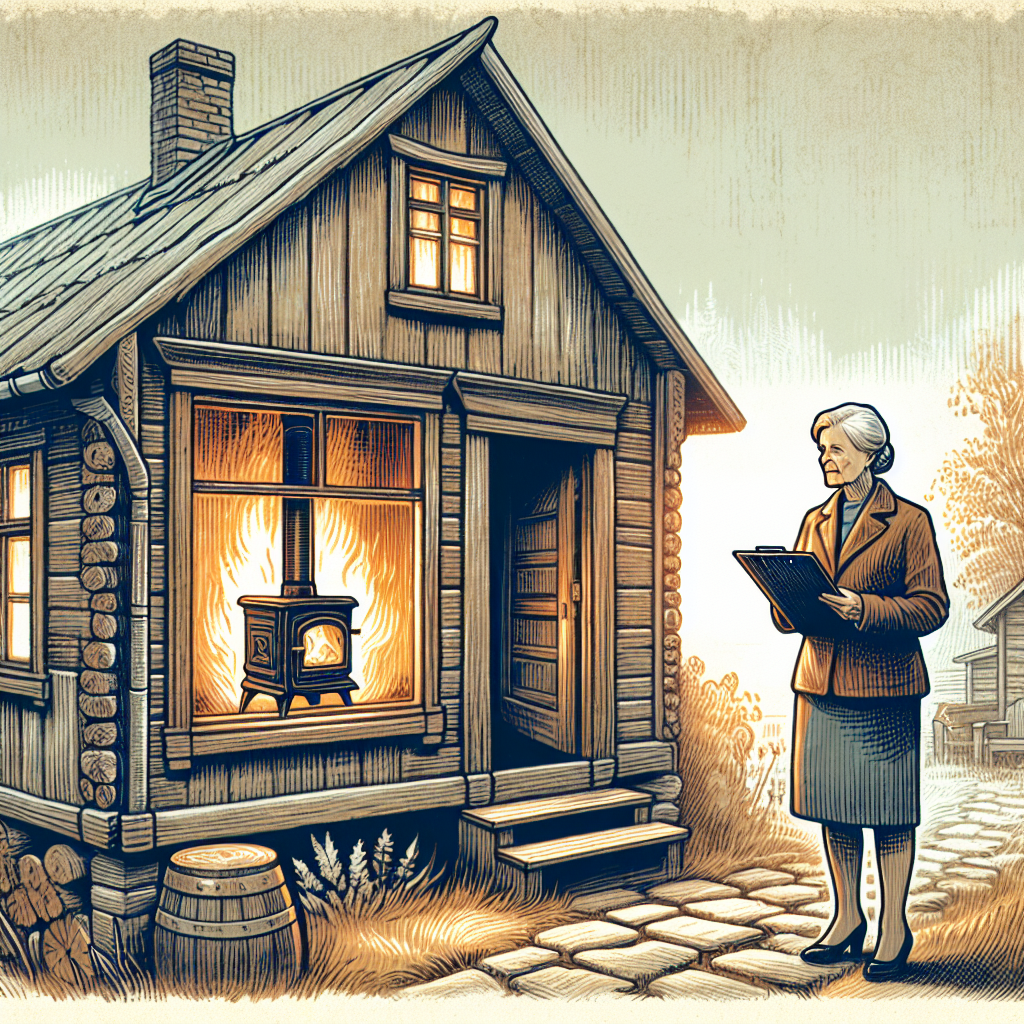Filed under Home Insurance on
Impact of Wood Stoves on Home Insurance Costs

For many homeowners, the cozy appeal of a crackling fire in a wood stove is hard to resist. However, this charming feature can have significant implications on your home insurance costs. Wood stoves, though energy-efficient and aesthetically pleasing, can influence both the insurance premiums you pay and the coverage you receive. Understanding the impact of wood stoves on home insurance is essential for homeowners considering an installation, as well as those who already enjoy the warm ambiance they provide. In this article, we delve into how wood stoves affect your home insurance costs, exploring key factors that insurers consider and offering insights on how to manage these costs effectively.
Understanding the Risk Factors
Insurance companies are primarily concerned with risk, and wood stoves represent a potential liability in a home. The increased risk of fire and smoke damage associated with wood stoves can lead to higher home insurance premiums. Insurers estimate the level of risk based on several criteria, including the installation, maintenance, and usage of the stove. These factors can greatly impact your insurance rates.
Installation of Wood Stoves
Proper installation of wood stoves is crucial in minimizing fire hazards. Insurance companies often require that wood stoves be professionally installed and compliant with local building codes and standards. Inspections by certified professionals ensure that the stove and chimney are correctly fitted, reducing the likelihood of accidents and thereby lowering your risk profile and potentially your premiums.
Maintenance and Safety
Routine maintenance and adherence to safety guidelines are fundamental in mitigating risks associated with wood stoves. Regular chimney cleanings, inspections for structural integrity, and ensuring proper ventilation are imperative. Insurance companies favor homes that demonstrate commitment to safety, as consistent maintenance reduces the likelihood of claims due to fire or smoke damage, potentially leading to reduced insurance costs.
Usage and Operational Precautions
How a wood stove is used can also affect insurance costs. Responsible usage includes burning only appropriate materials, monitoring stove temperatures, and never leaving a fire unattended. Demonstrating an understanding and practice of safe operation can negotiate favorably with your insurer to maintain or lower your premium rates.
The Impact on Insurance Premiums
When assessing the impact of wood stoves on home insurance costs, it is crucial to understand that insurance providers often perceive homes with wood stoves as higher risk. This perception can lead to increased premiums. However, the extent of this increase depends on the risk mitigation measures in place.
- Premium Increases: It is not uncommon for insurance premiums to rise with the addition of a wood stove due to the associated fire risks. Homeowners can expect varying costs, sometimes between 10-20% higher, depending on the insurer and the homeowner’s risk management efforts.
- Policy Adjustments: Certain insurers might require endorsements or amendments to a standard policy to accommodate wood stove coverage, which can also affect premium costs.
Factors That Influence Cost
Various elements contribute to the cost implications of having a wood stove on your home insurance. Factors such as the age and condition of the stove, proximity to combustible materials, and the existence of additional heating equipment all play a role. Furthermore, insurers might consider regional differences in risk exposure, such as the frequency of house fires in your area.
Steps to Minimize Insurance Costs
To manage and potentially minimize the increase in home insurance costs associated with wood stoves, homeowners can take several proactive steps. By ensuring safety and transparency with their insurance providers, homeowners can enjoy the benefits of a wood stove without undue financial burden.
Inform the Insurance Provider
Always disclose the presence of a wood stove to your insurance provider. Failure to do so can result in denied claims in the event of fire or smoke damage. Provide proof of professional installation and regular maintenance to build a strong case for keeping premiums manageable.
Seek Discounts and Compare Rates
Investigate insurance companies that offer discounts for safety features and responsible wood stove usage. Comparing rates and coverage options can help homeowners find a policy that accommodates their needs without excessive cost.
Invest in Safety Features
Installing smoke detectors, fire extinguishers, and carbon monoxide alarms can significantly reduce insurance costs. These safety features not only enhance protection but also demonstrate to insurers a commitment to minimizing fire hazards.
Regular Inspections
Schedule regular inspections and cleanings of your wood stove and chimney. Documenting these efforts and providing records to your insurer can show diligence in risk management, potentially leading to lower premiums.
Conclusion
Wood stoves offer a unique charm and efficiency to homes, but they come with considerations that can affect your home insurance costs. By understanding the risk factors, taking preventive measures, and maintaining open communication with insurance providers, homeowners can enjoy the warmth of a wood stove without facing prohibitive insurance expenses. Evaluating your current policy, adjusting for safety, and exploring various insurance options can maximize savings while ensuring adequate coverage for your home.





